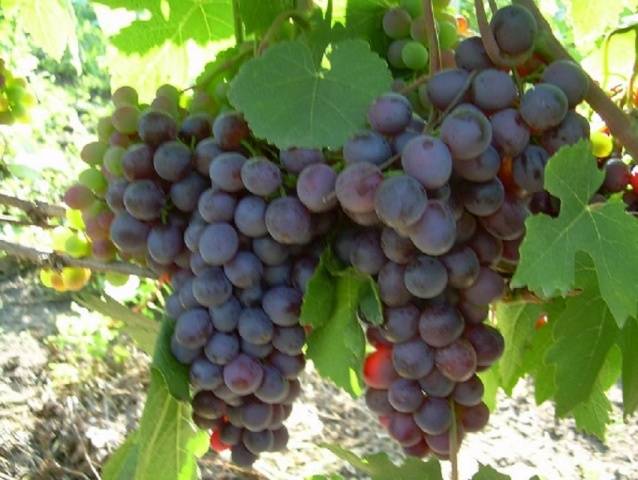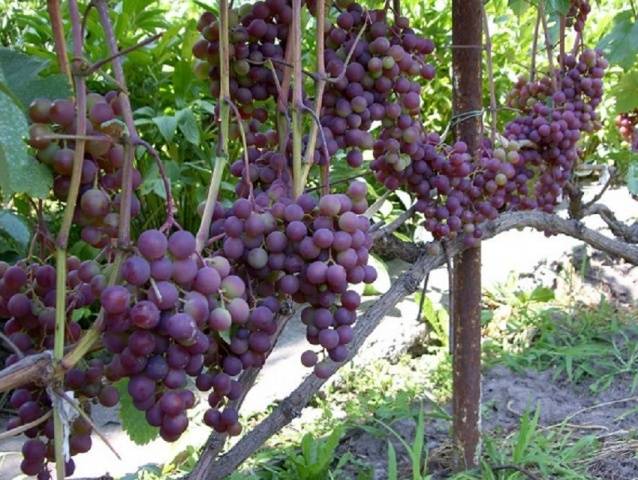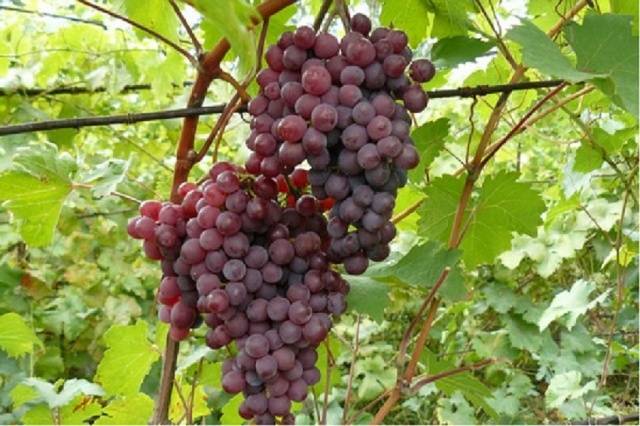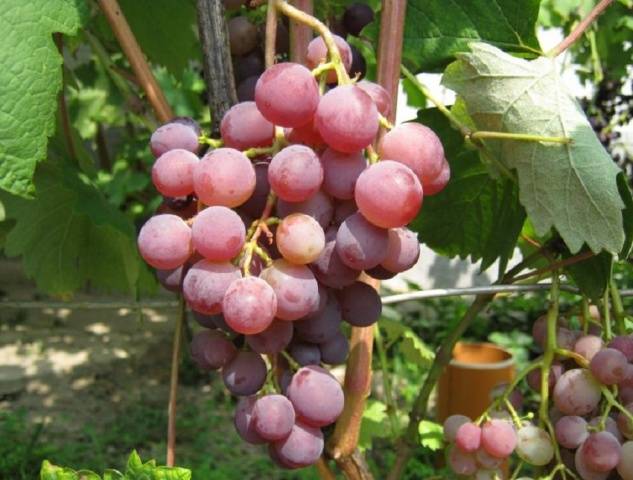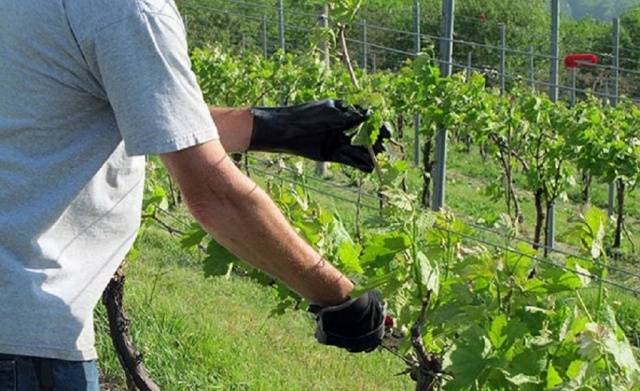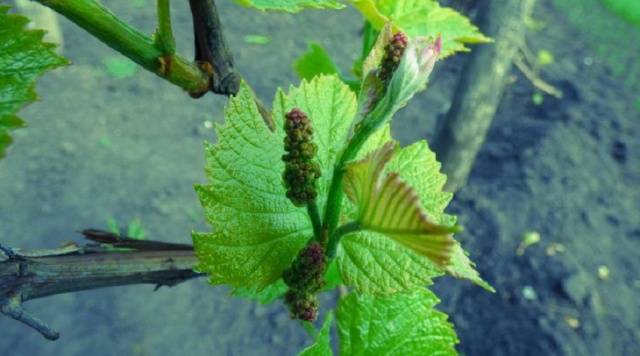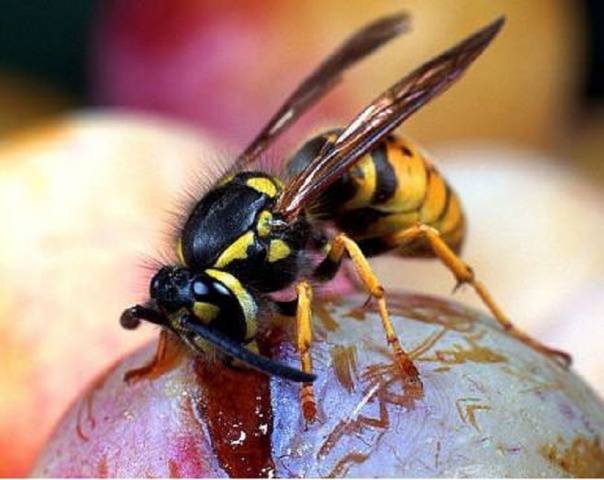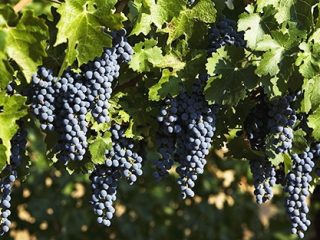Content
Gardeners love to grow early varieties of crops. When the main varieties are still preparing for fruiting on the site, the early ones are already delighting the owners with their harvest. Therefore, grapes "Russian Early" can very often be found in the garden, even among inexperienced gardeners. This is a hybrid variety, obtained by crossing two forms - "Shasla Severnaya" and "Michurinets".
Description of the characteristics and properties of grapes "Russian Early" was compiled at the Institute of Viticulture and Winemaking named after Ya. I. Potapenko of the city of Novocherkassk. The hybrid belongs to a very early fruiting table variety that can withstand low temperatures. Thanks to such qualities, it is grown in all regions of Russia, even in the Urals and Siberia. Table grape varieties are characterized by excellent taste and are intended for fresh consumption. "Russian Early" fully justifies its purpose. To make the description of the "Russian Early" grape variety as detailed as possible, the article will use photos, videos and reviews of gardeners.
Description of the variety
First, let's look at the characteristics that make growers choose this hybrid for planting.
Of course it is ripening period of the crop... Already in July, raspberry-red berries flaunt on the bushes of grape varieties "Russian Early". At this time, the first signs of the beginning of fruit ripening only appear on the bushes of other varieties. With proper care, the variety will delight you with ripe grapes at the end of June. To accurately determine when to harvest in your area, count 110-115 days from budding. Early grapes begin to bear fruit 2-3 years after planting, subject to the cultivation techniques.
Yield... One fruitful shoot forms 2-3 inflorescences. Each adult bush ripens up to 25 kg of delicious berries. Young plants yield about 7 kg per bush.
Bush medium-sized, but grows quite widely. An adult vineyard covers an area up to 5 meters wide. The early grape variety has a peculiarity.
Attention! A layer of perennial wood is not immediately formed on the vine. It is this characteristic that leads to poor productivity in the first 3-4 years of the life of the bush.
Therefore, gardeners need to annually do medium and short pruning in places where the growth is 20-25 cm thick. This feature is noted in the description of the Russian early grape variety.
Leaves on the plant there are round or cordate, with weak pubescence on the lower plate. They are located on long petioles, hold tight.
Bunches loose, not very large. In order for the plant to form a large bunch, growers leave no more than 2 inflorescences on one stem. If you leave more, the ripening process will be delayed, and the clusters will be small.
The special value of Russian early grapes is berries (see photo).
They are medium in size but very tasty. The fruit has a sweet taste with a slight sourness. Scent contains hints of caramel smell. Gardeners gave the early grape variety a second name - "Caramel". The grapes are oval in shape, weighing up to 6-7 g. The pulp is slightly crunchy and accumulates sugar content well. With a lack of moisture, they can begin to crack and attract insects. The fruits are firmly held on the stalk, so the variety tolerates transportation well and the berries remain on the bush for a long time. This makes it possible not to harvest the entire crop at once.
A short video about a grape variety without comments:
Frost resistance the early hybrid is very good. Up to -23⁰C, the variety does not require shelter.This characteristic, combined with early fruiting, makes it possible to grow Early Russian grapes in areas with short summers and cold winters.
Resistant to many diseases the culture is very good. It is very important that the variety is not affected by mildew and powdery mildew, and is also not subject to decay. It also resists tick attacks well. But the "Early Russian" has no immunity against phylloxera. Therefore, without the use of measures to combat the pest, the yield will begin to decline, and after 6-8 years the bush will die.
An early variety is used for the production of wines and juices, but infrequently. It is mainly in great demand among buyers for fresh consumption.
Advantages and disadvantages
According to gardeners, the grape variety "Russian Early" has many advantages, which led to its well-deserved popularity:
- very early fruiting;
- sufficient yield;
- unusual and pleasant taste;
- frost resistance;
- transportability;
- resistance to major diseases of grapes;
- preservation of brushes on the bush without loss of taste;
- unpretentious care;
- good grafting.
Among the disadvantages, winegrowers note:
- not very large size of berries;
- low productivity during the period of maturation of the bush;
- the tendency of berries to crack with irregular watering and prolonged rains;
- susceptibility to attacks by wasps and bees.
Despite the disadvantages of the early variety, growers love it very much and are happy to share their growing experience.
Seat selection and landing
Although the variety is considered unpretentious, enough attention should be paid to the choice of location and planting. The further development of the plant depends on how well these measures are performed. The planting technology of the variety is standard, but there are some recommendations:
- It is better to plant seedlings on the south side of the country houses. So experienced gardeners advise to place grapes "Russian Early" in their reviews. They explain this by the fact that at night the building gives off the heat accumulated during the day to the plants.
- The variety is planted in autumn and spring, but it is preferable to do this at the end of the season. In this case, the seedlings adapt more easily, and in the spring they fully develop. Spring planting is performed only with dormant seedlings with buds.
- The hybrid is well planted with a gazebo planting.
Descriptions and photos of the stages of the process help novice gardeners to plant the "Russian Early" grapes correctly.
A sunny place with protection from the winds is chosen for the vineyard. Mark out the place and dig holes. The bushes of the hybrid variety grow strongly, so the distance between the two seedlings should be at least 3 meters. Each bush requires an area of 5-6 square meters. m. These values must be taken into account when marking. Pits for bushes are made at least 50 cm deep. If planting occurs in the fall, then the pits are prepared in 2 weeks; in the spring, the period can be reduced to 3-4 days. A drainage layer is laid at the bottom, then a mixture of humus and fertile soil (1: 2), as well as sand (0.5 buckets). The soil is watered, and when it settles a little, add earth and wood ash (0.5 kg) again. They leave the hole so that the earth subsides, and then proceed to planting.
Be sure to pay attention to the condition of the grape seedlings. They must be free from damage, signs of pest or disease. Plants are placed in a pit, at the same time a pipe for irrigation is dug in, and the grape seedling is covered with earth. Then watered.
Grape care
An important point in the care of bushes is watering. When growing the "Early Russian" variety, you will need to perform vegetative and moisture-charging irrigation. Moisture charging is carried out in autumn and spring, the first is more important for grapes. An autumn event increases the frost resistance of the bush. Watering times depend on weather conditions. In the summer, two full waterings are enough for the variety. The first time after flowering, the second - when the berries begin to ripen. Water consumption per plant is 10-20 liters.
Despite the fact that in the description the grape variety "Russian Early" is called unpretentious, it will not be easy to get the harvest as in the photo without additional fertilizing. Nutrition is applied during the entire growing season. In the spring, grape bushes need a full range of nutrients. Winegrowers use mineral complex fertilizers. When the time for fruit ripening comes, potassium and phosphorus are added. Before sheltering the bushes for the winter, repeat feeding with a complex mineral composition. Organic matter is required to be applied no more than once every 2-3 years and in the fall. Top dressing of grapes is combined with watering so as not to harm the roots.
Another important point of care for the Early Russian variety is pruning and shaping the bush.
The variety is pruned annually. The yield and presentation of the grapes depend on the regularity and quality of pruning. It is important to prune Russian Early grapes on time. Too early - leads to loss of juice during grape crying, late leads to uneven development of the bush. Therefore, it is recommended to start during the period when constant heat is established. Experienced growers know the special signs on the vine that tell them to start pruning.
Young gardeners need to adhere to some rules when growing a variety:
- The first 2 years of the life of the bush, only dry parts are removed.
- The real pruning is carried out after the lignification of the vine.
- Young shoots are not pruned as long as the stem is small. Gardeners are waiting for it to increase, and then they start trimming the skeleton.
- When pruning grapes, do not forget about the rationing of the load. No more than 2-3 brushes are left on one shoot.
Another topic that worries gardeners is pest control. The variety is affected by phylloxera and is very attractive to wasps. With phylloxera, you need to start the fight from the moment of planting. For this, the soil is competently prepared. If the area is sandy, then this is very good. In another case, sand is added to the pits.
As soon as infected bushes are seen, they are destroyed. Vine leaves, on which the pest is seen, are cut off and burned. For treatment, drugs "Fozalon", "Actellik", "Fastak" are used.
Wasps are annoying at the end of the season when the crop is ready to be harvested.
You need to deal with them in the usual ways - destroy nests, burn smoke bombs, lay out baits. Special bags or a net with small holes, which protects the grapes, are saved from birds.
Testimonials
Video feedback from the gardener:
